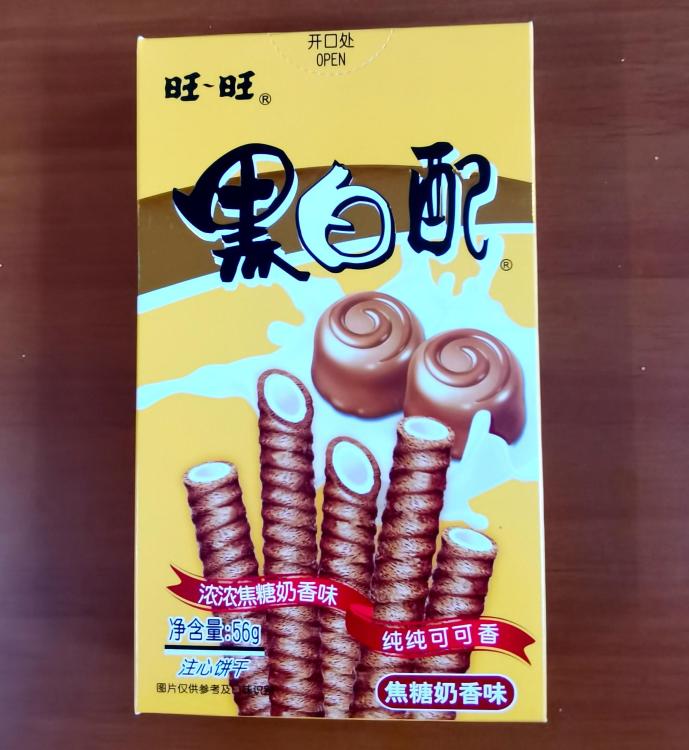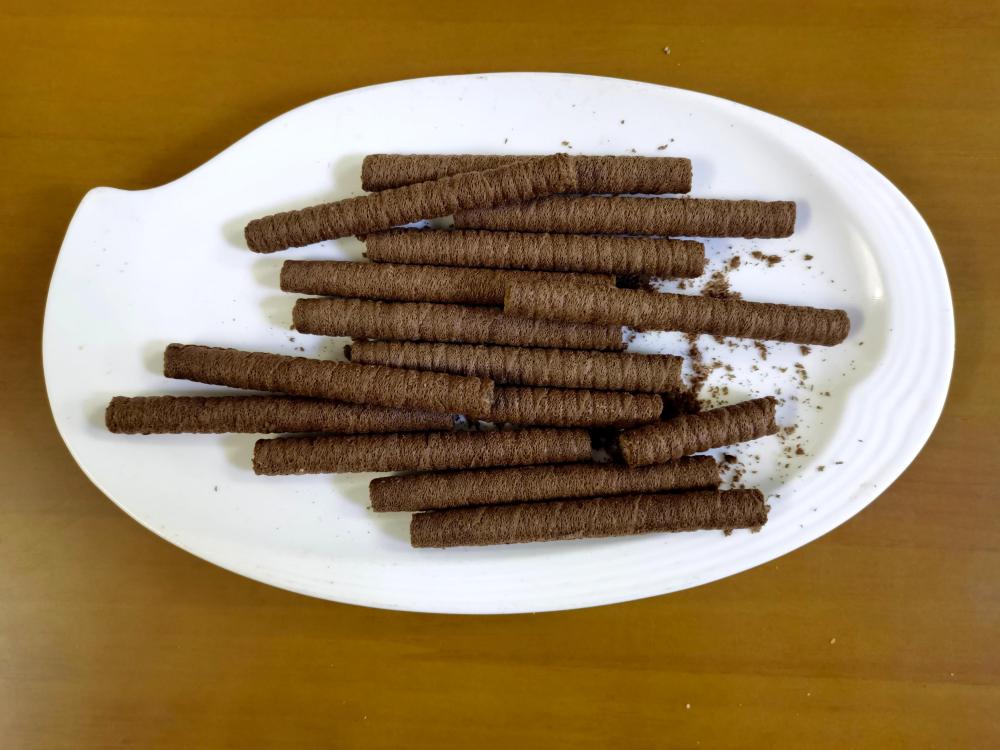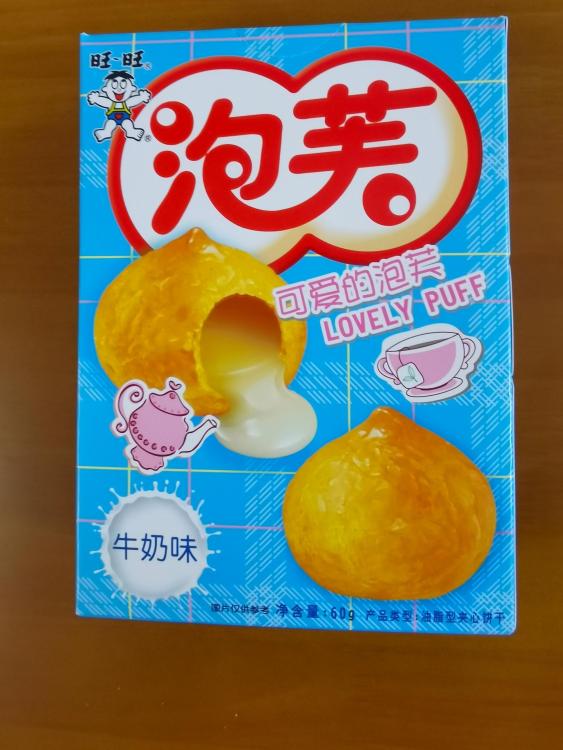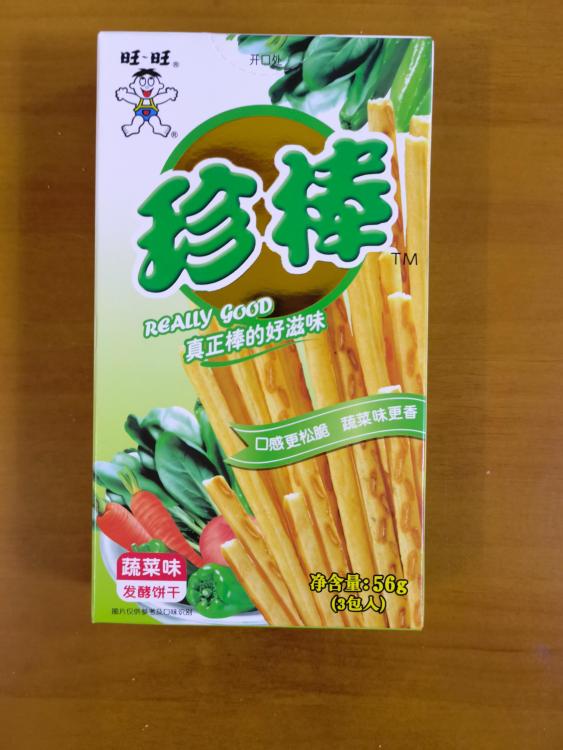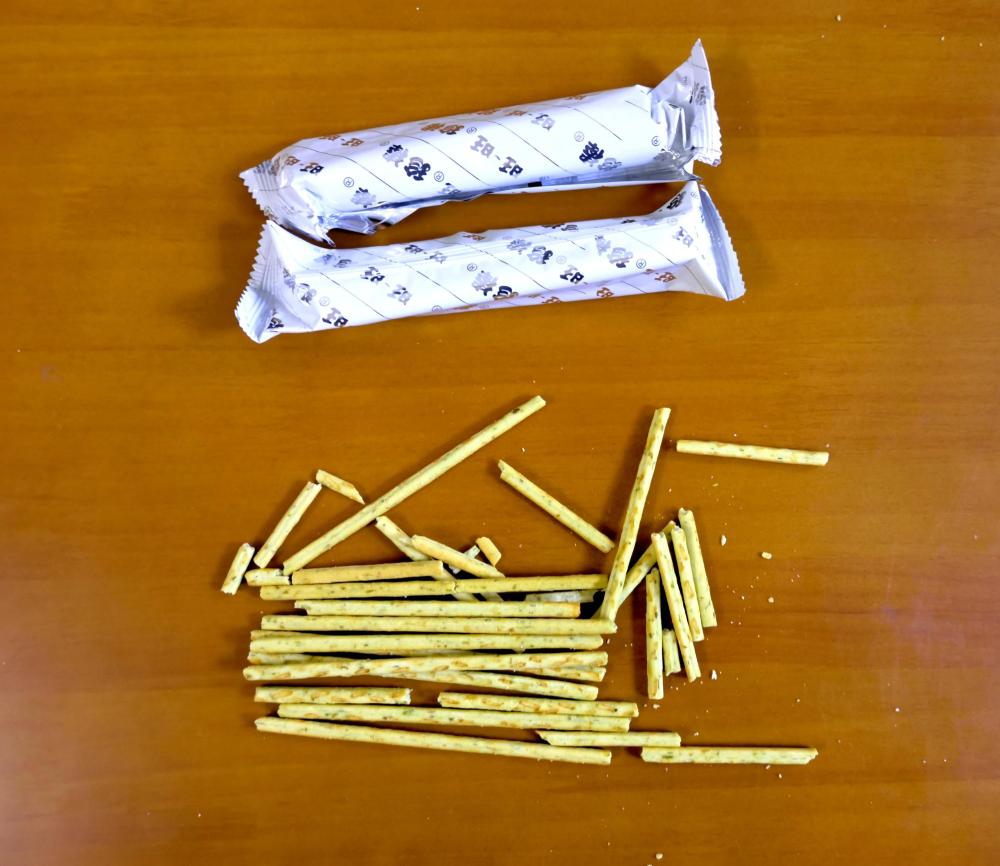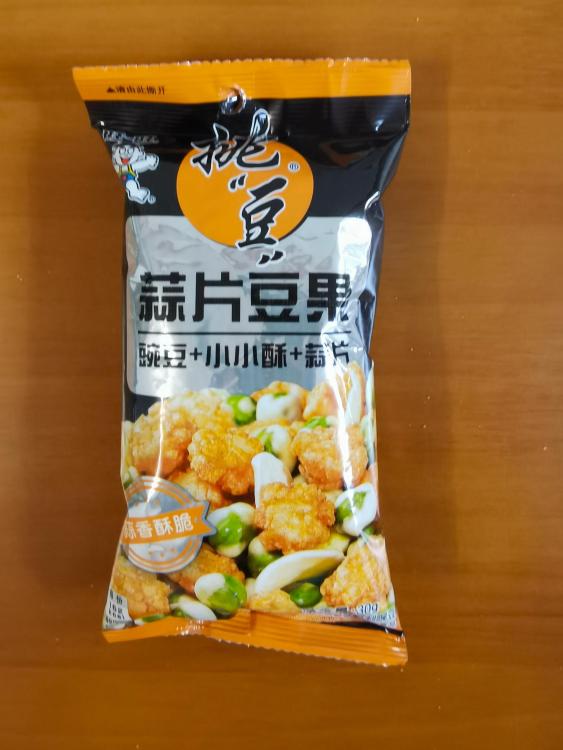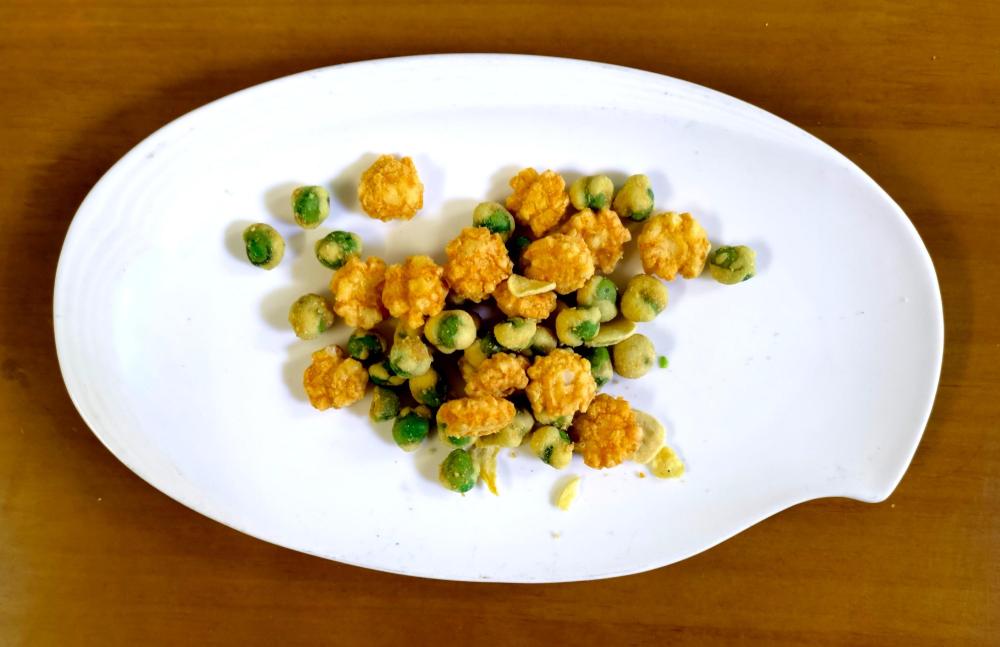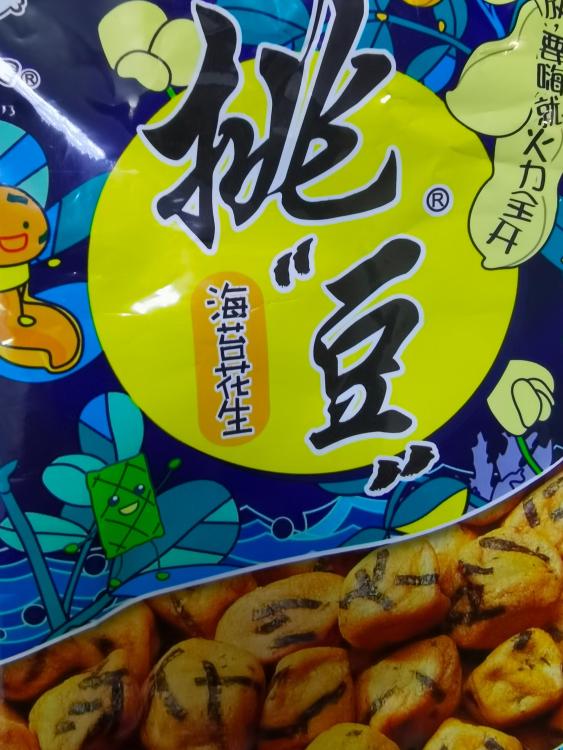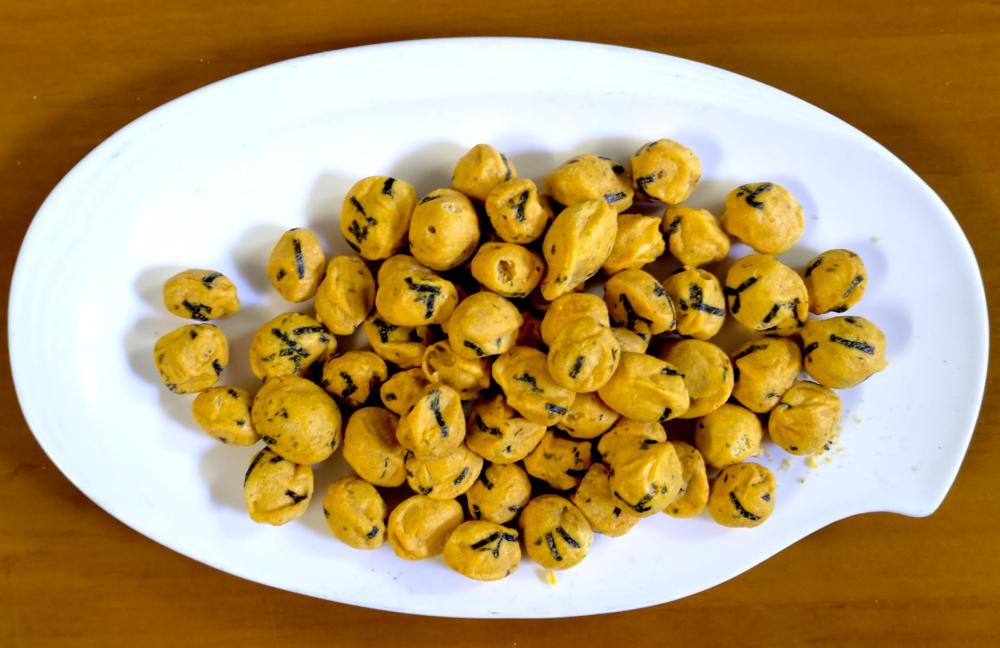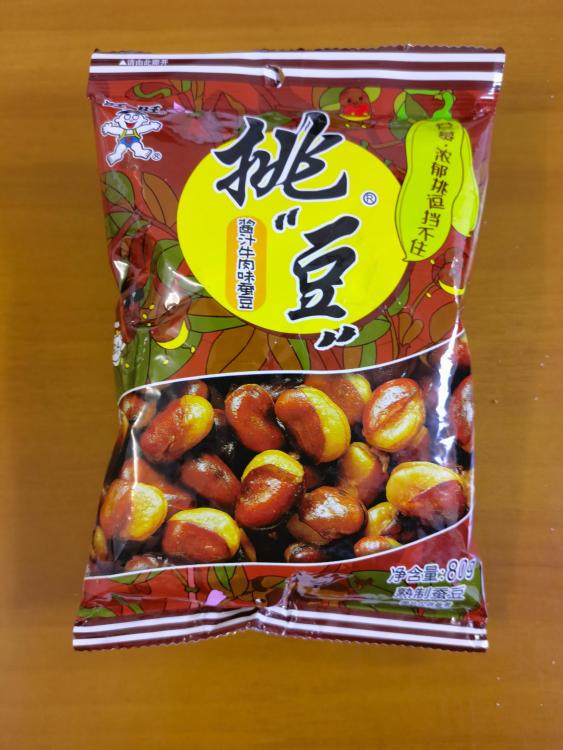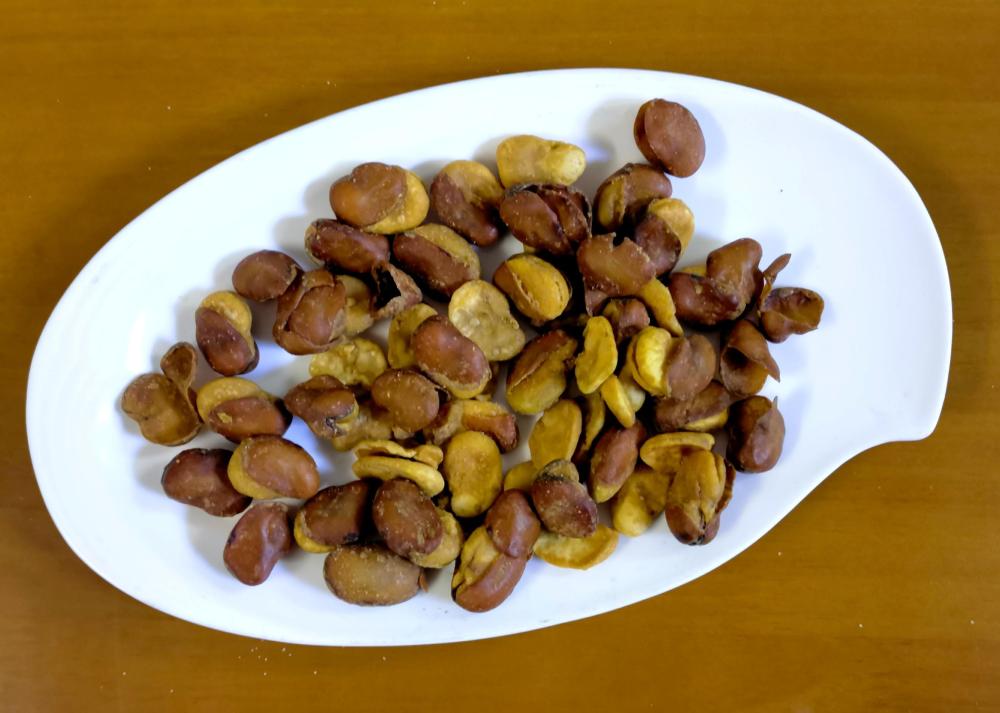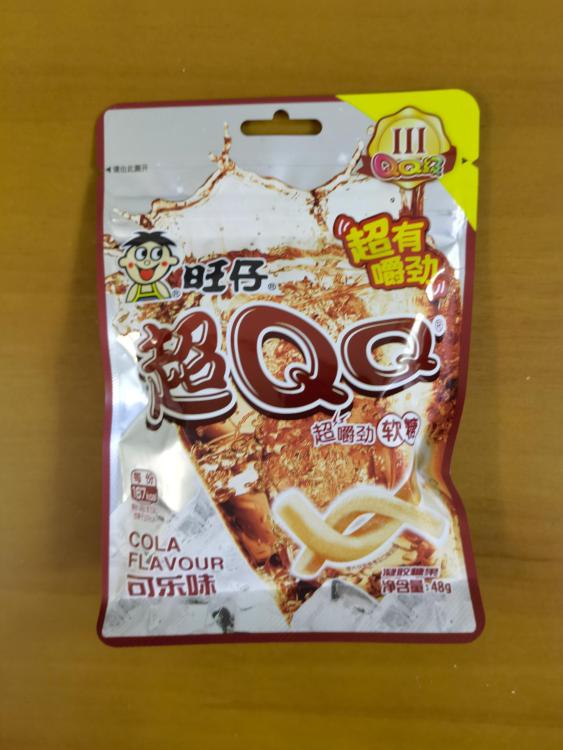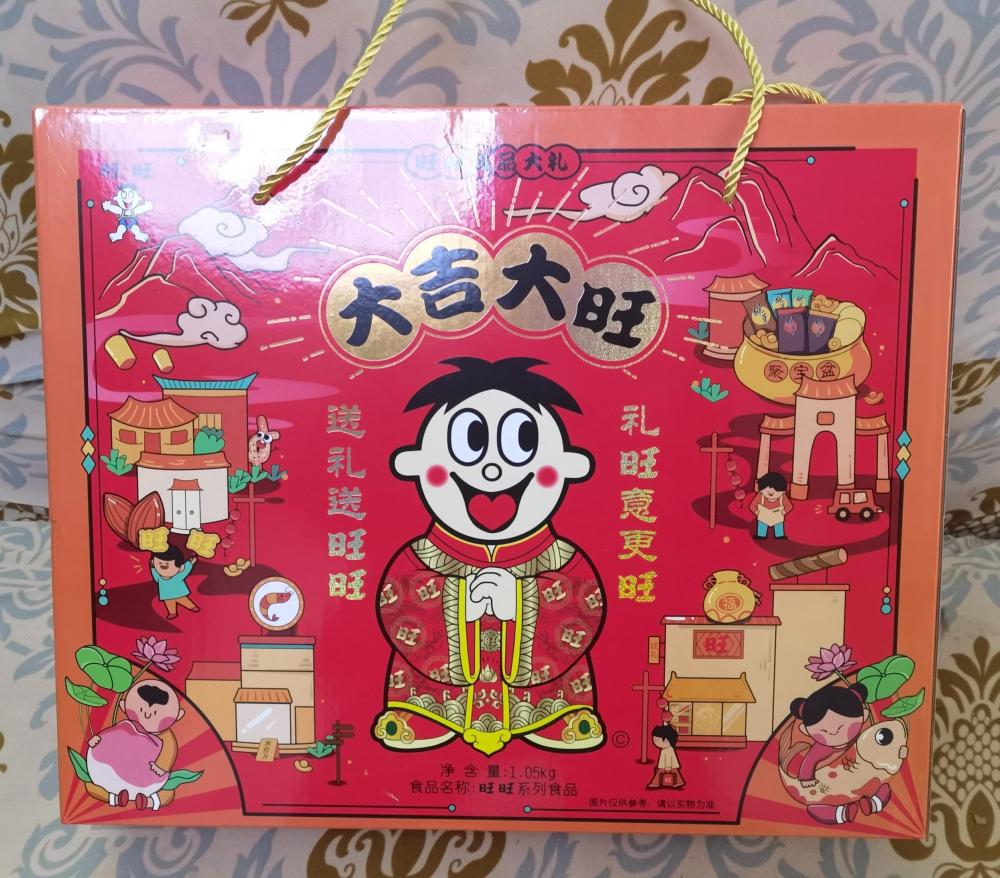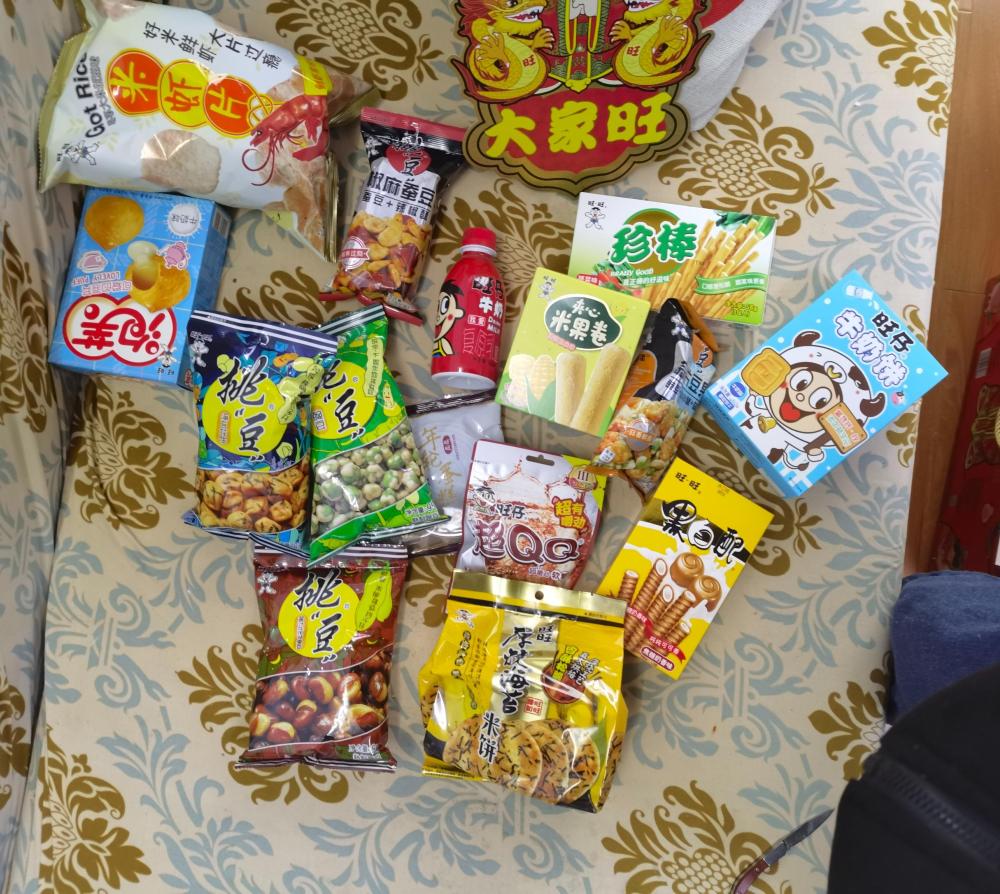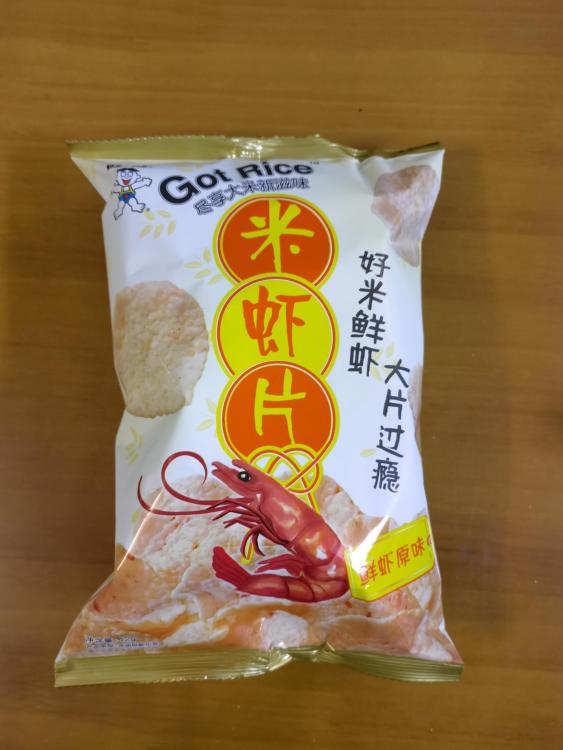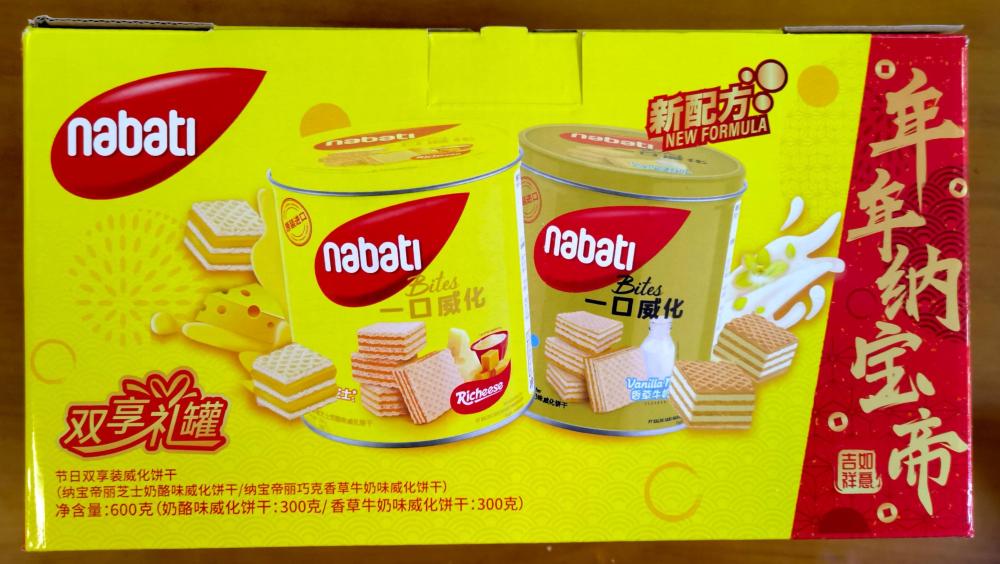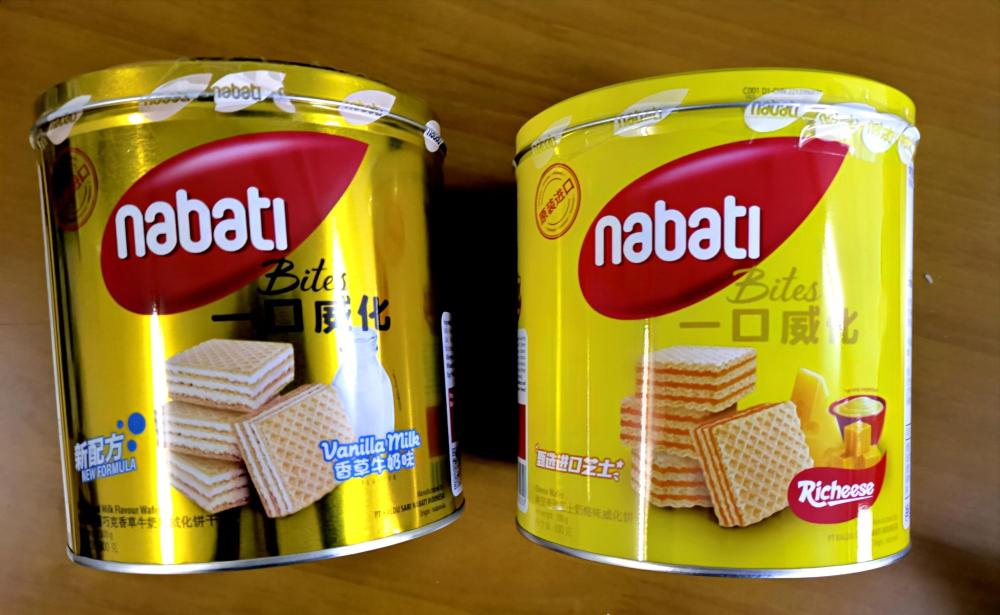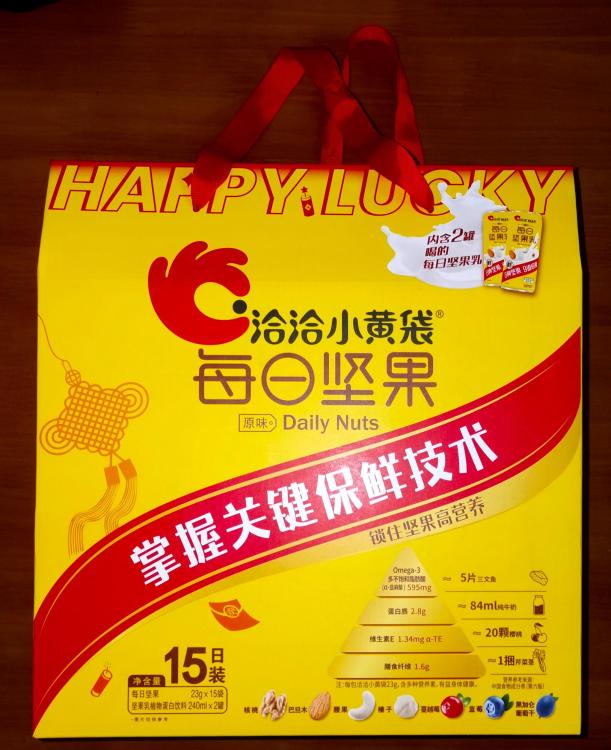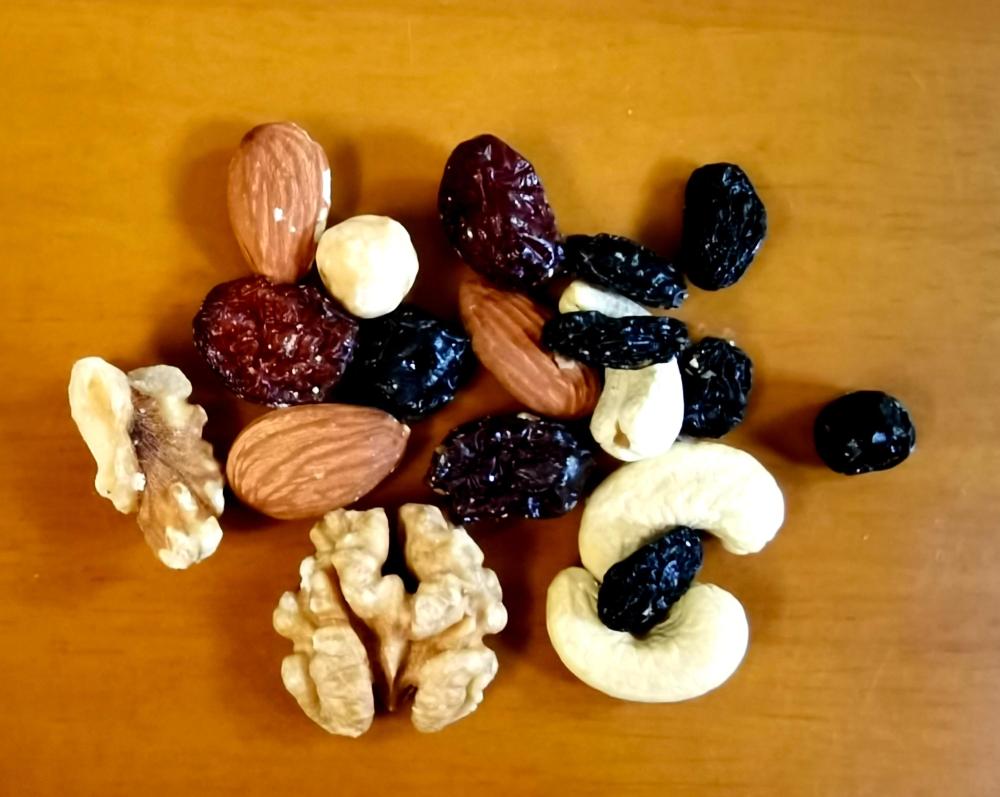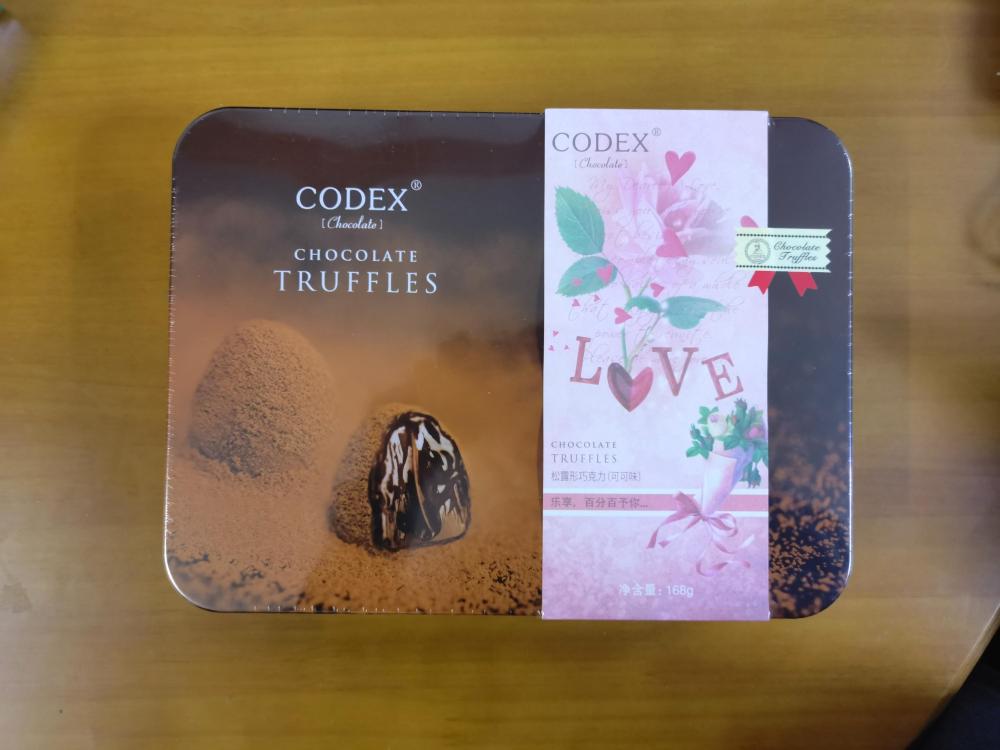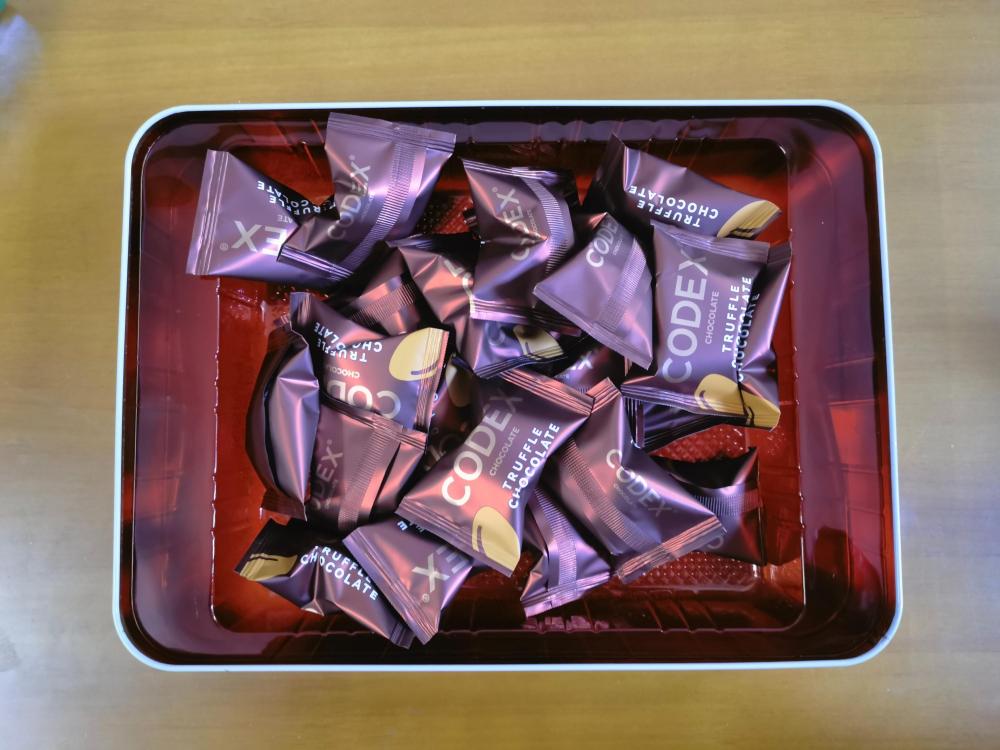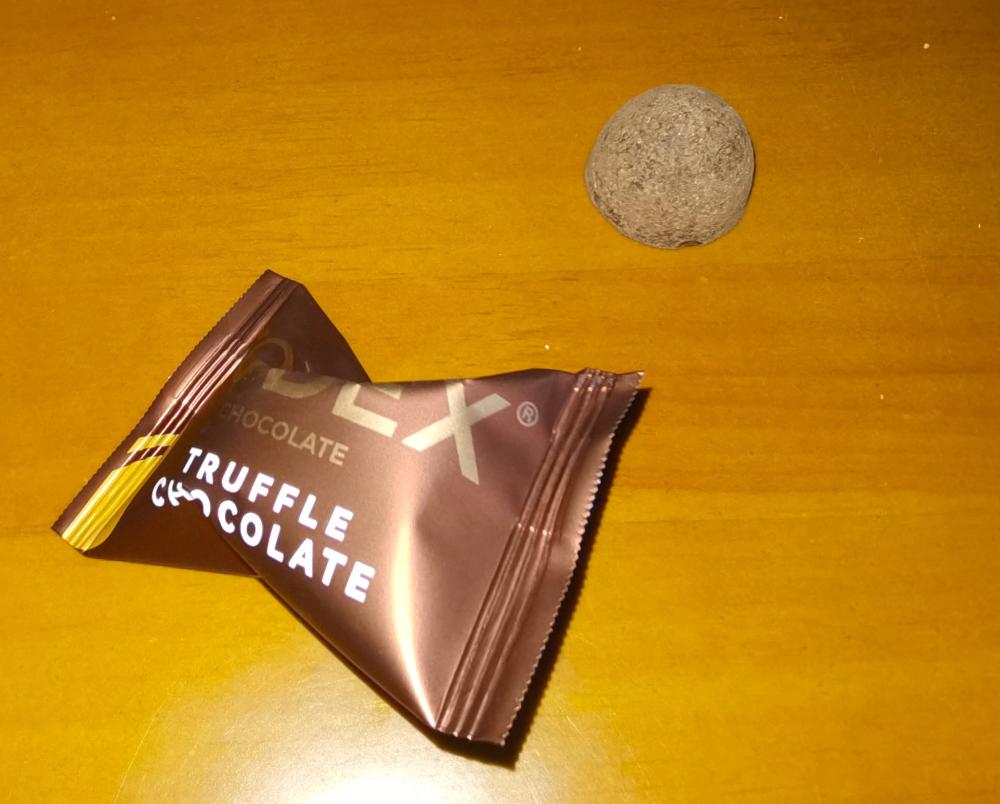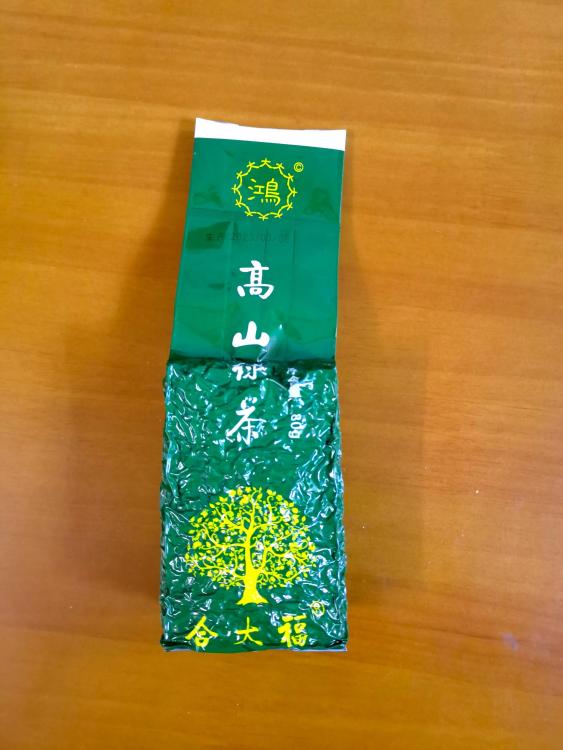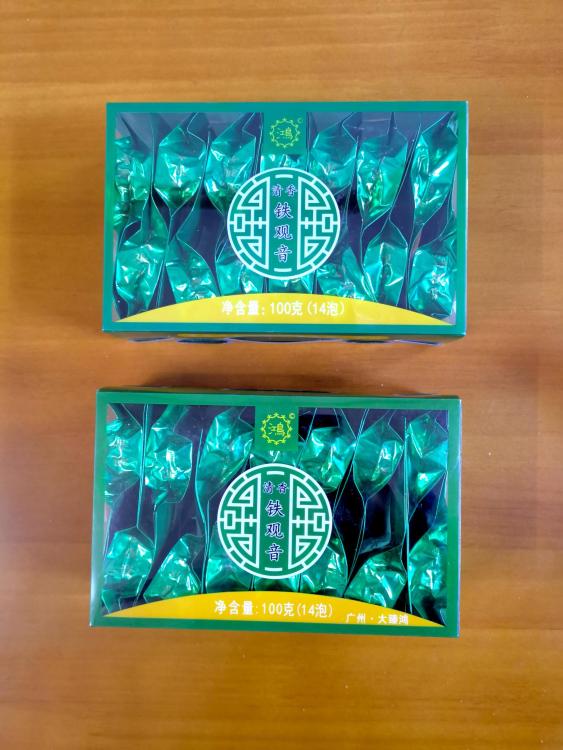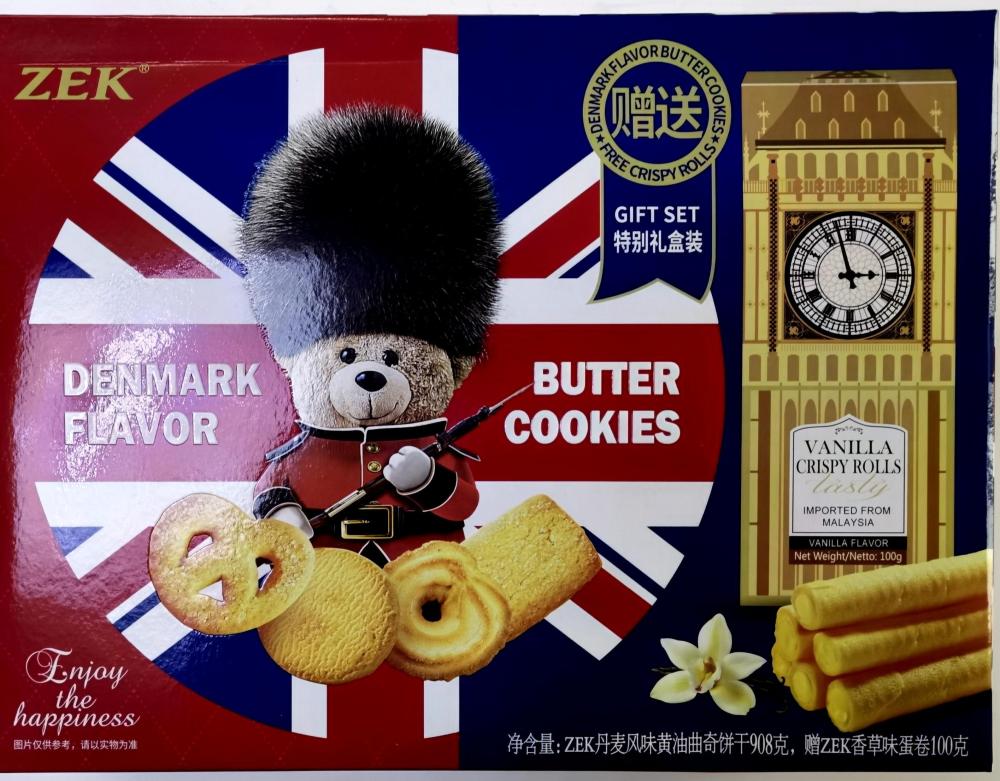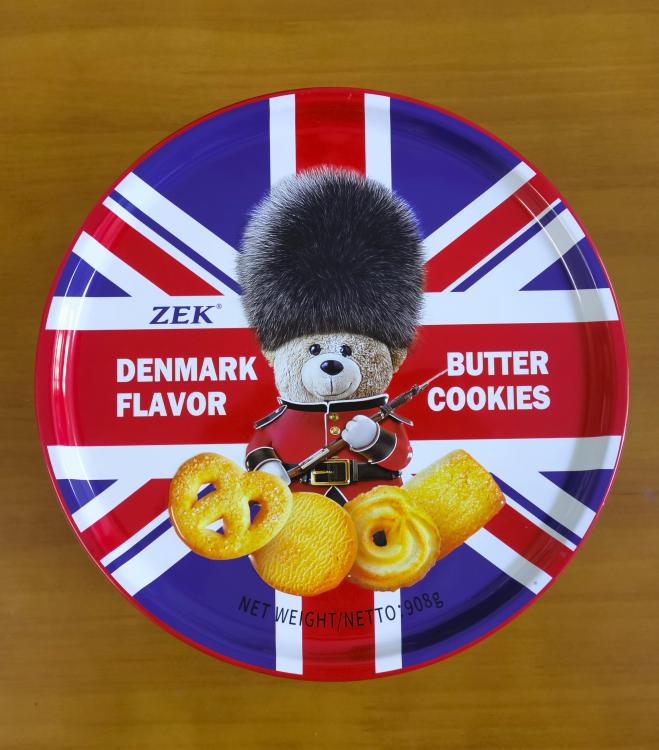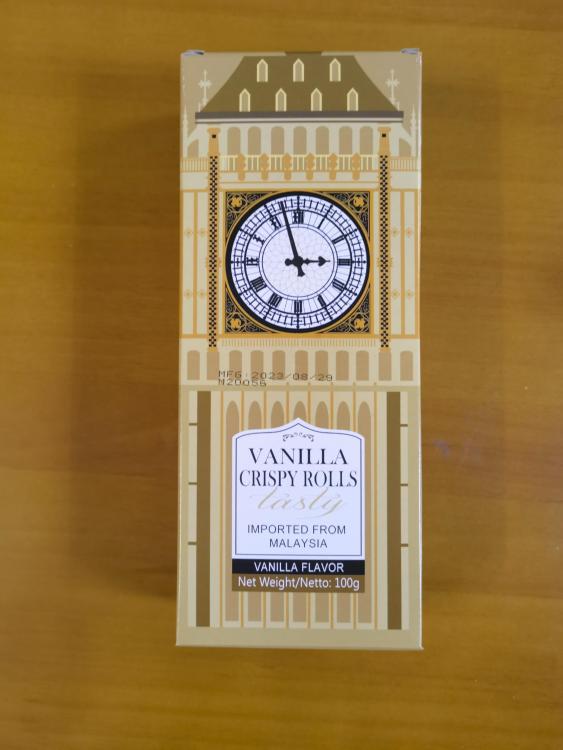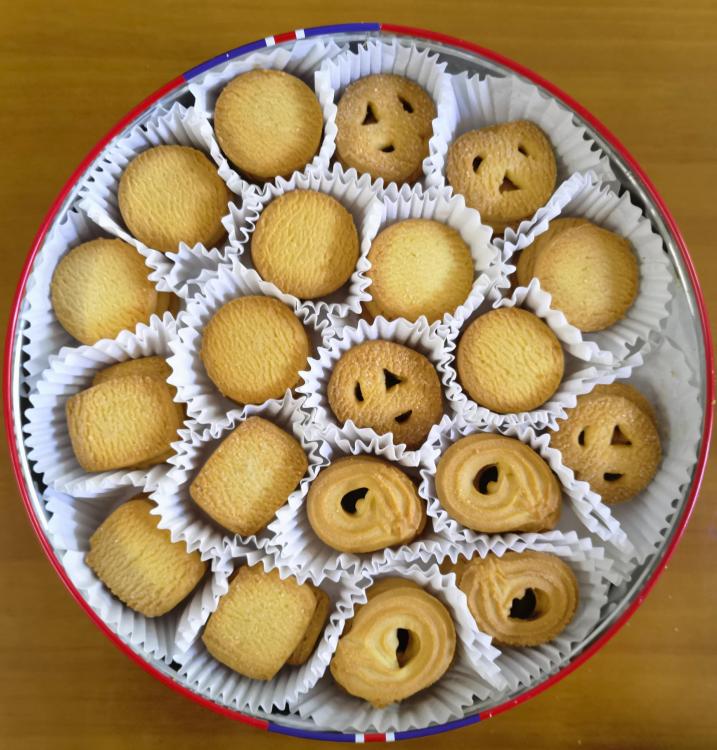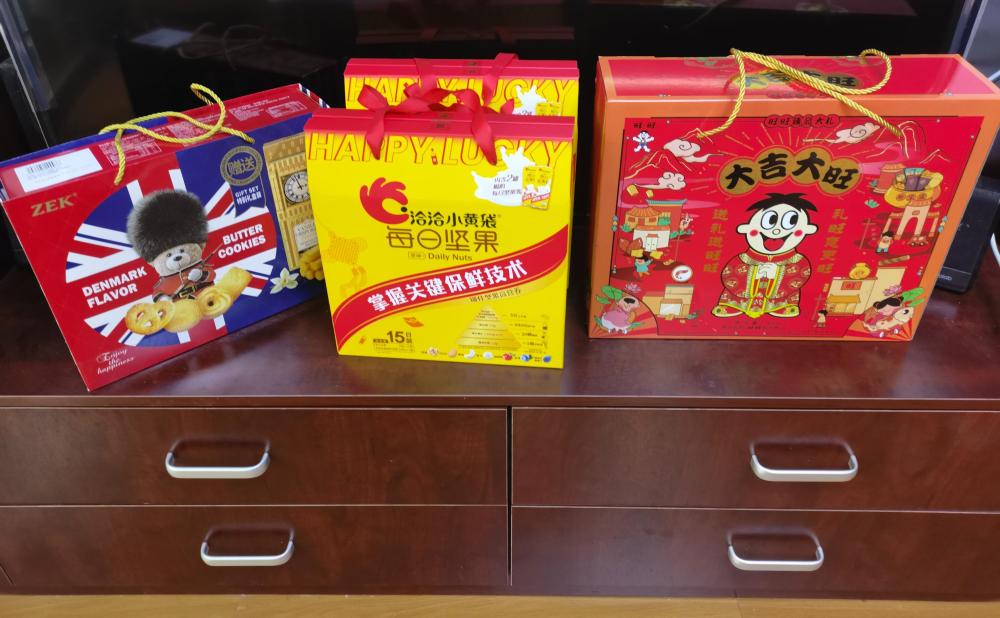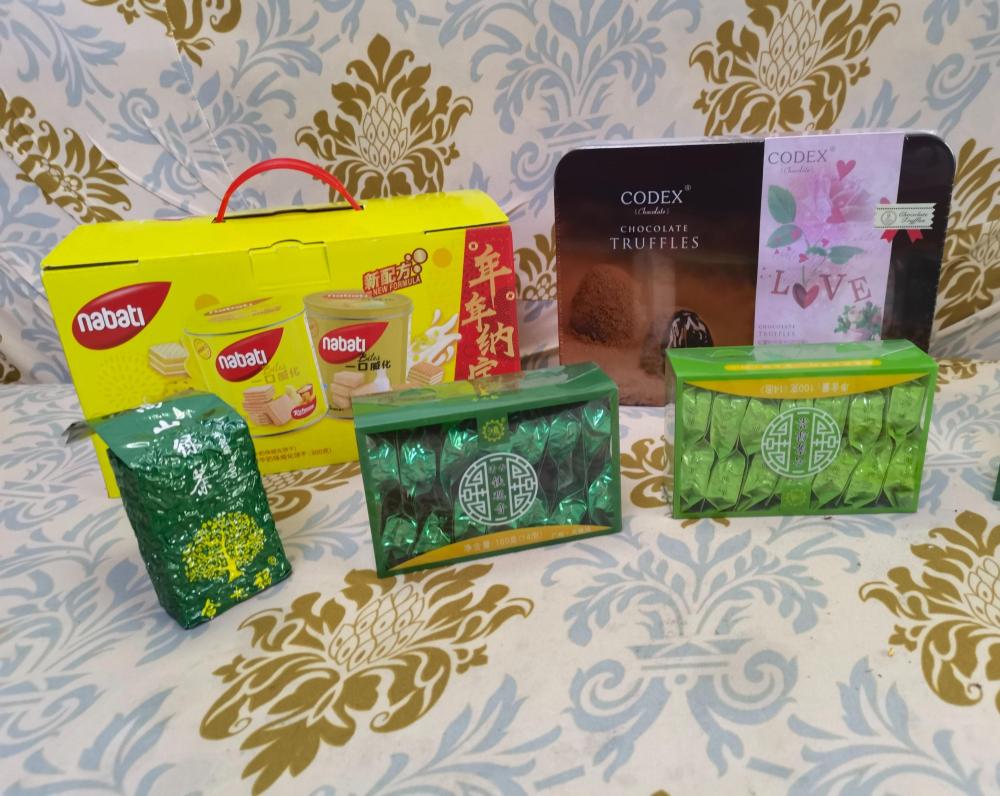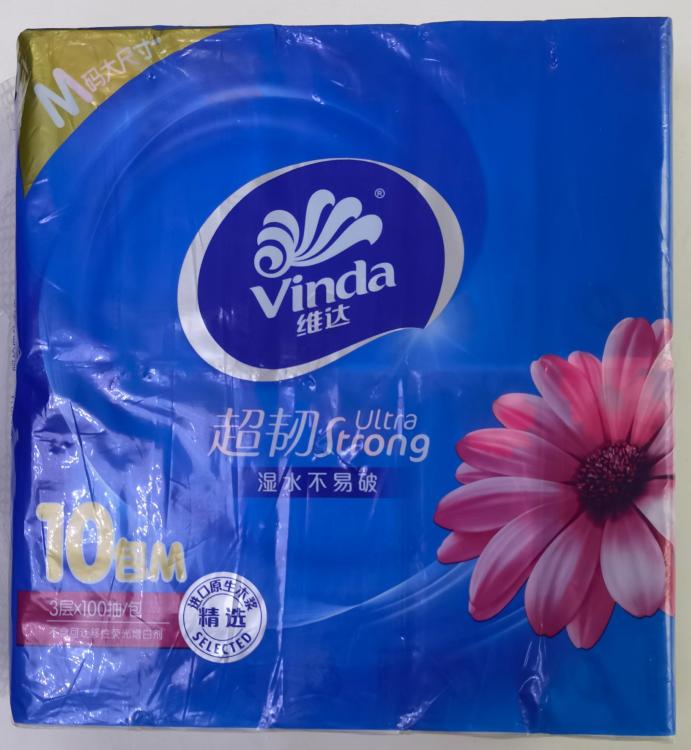-
Posts
16,752 -
Joined
-
Last visited
Content Type
Profiles
Forums
Store
Help Articles
Everything posted by liuzhou
-
These rolls promise thick caramel milk with pure cocoa flavour. They don't deliver. The two 'heart cookies' as pictured and described on the box are notable for their absence from the actual contents. False advertising. The rolls taste exactly as I expected. Of bland, cheap pseudo-chocolate. Zero caramel flavour. Neither particularly pleasant or unpleasant. I could eat these. I'd never buy them.
-
可爱的泡芙 (kě ài de pào fú) Lovely Puffs 牛奶味 (niú nǎi wèi) - Milk Flavour Neither lovely or particularly milk flavoured.
-
Today, Friday 9th February 2024 is 除夕 (chú xī), Chinese New Year's Eve, probably the most important day of the holiday. Most shops will close around noon or shortly after and everyone will head home for 年夜饭 (nián yè fàn), literally 'year eve food', New Year's Eve dinner, also known as 团年饭 (tuán nián fàn), Reunion Dinner. Literally millions of people have spent this week travelling home for this meal with their families. It's forecast to be the largest migration of people in history, as it is the first such to be almost Covid free since 2019. So, what's for dinner? I've been looking through internet accounts of what people consider to be the essential New Year meal. Few agree; some are nonsensical. A large number of people describe what their family eat and assume everyone else is doing the same. It ain't necessarily so. However, there are a few commonalities. Chinese New Year is an orgy of superstition and most foods are chosen for their extremely tenuous links, mostly linguistic, to desirable material outcomes such as prosperity and success in the upcoming year. Fish is important. But the superstition is more so. Fish in Chinese is 鱼 (yú), a homophone of 余 (yú) meaning 'surplus' or 'extra'. So, by eating fish, you will have surplus food and/or money in the new year. Obviously. The fish, usually carp, is cooked (steamed) and served whole, symbolising family unity and harmony. The head and tail are left on representing a) the surplus will last from beginning to end b) the notion of finishing what you start being important. The fish is placed on the table with the head pointing to the eldest or most important guest and then we can eat. But not all of it! The fish is eaten over two days, doubling down on the 'surplus' theme. We have enough for tomorrow. We pick the flesh from the middle part of the fish with our chopsticks. When we reach the bones we mustn't flip the fish over or all our luck will tip out and be drowned. Then we come to chicken. Again steamed is most common. And again served whole. Chicken is 鸡 (jī). But 吉 is also jí, a near homophone (only the tone differs) meaning 'lucky'. So eating chicken will clearly bring luck! Today, people will have been making 饺子 (jiǎo zi), dumplings. These must be wrapped and ready to cook before midnight. Jiaozi is associated with 交 (jiāo) and 子 (zǐ), the former meaning 'deliver' and the latter, 'midnight'. So the dumplings must be delivered before then. 交 (jiāo) can also mean 'exchange' so reminds us that it is time to exchange the old for the new. The dumplings are also held to resemble ingots of gold and 角子 (jiǎo zi) is a monetary unit and coin, also representing wealth (despite the coin being worthless today). Indeed such a coin is often hidden in one of the dumplings bringing wealth to the lucky recipient providing they don't choke to death on it. Tangerines and orange are also a New Year fruit. They are 橙 (chéng). An exact homophone is 成 (chéng) meaning 'success'. Pomelo is 柚子 (yòu zi), the first character of which is both a near homophone of 有 (yǒu) meaning 'have' and an exact homophone of 又 (yòu) meaning 'again'. Eat a pomelo and you'll have food again! Other superstitions at New Year are associated with noodles (longevity) and spring rolls and many more. After dinner, everyone sits down to watch the New Year Gala, a god-awful annual variety show on communist party controlled television. Talentless drones line up to bore everyone year after year. It reminds me of the old regime swept away by the Beatles 60 years ago. I'm going to eat nothing particularly festive, then attempt to finish cataloguing my snack box in search of something edible. 新年快乐!
-
These are, I suppose, fairly normal. A sort of breadstick. In this case, "vegetable flavoured". According to the ingredients list, the vegetables in question include crab and chicken bones. Otherwise only scallions are listed. Alongside the usual chemistry set. For some reason, the 56g box contains three separate bags, each containing 18.666666666666... grams of sticks (?). They are crisp but taste stale and not the least bit vegetal. Not nice.
-
Still going through the snack selection box, I find these. Garlic Peas In fact, the peas and garlic slices are separate and accompanied by small balls crispy dough. Most strange. They have a strong but not unpleasant garlic flavour. At least, they're not sweet.
-
The idea that people eat the relevant animal on its New Year celebrations is a myth. For a start, of the 12 animals of the Chinese year cycle, one is mythical, two are illegal to eat and three unacceptable to most people. Mythical: Dragon Illegal to eat: Tiger, Monkey Unacceptable; Rat, Snake, Dog This weekend will be my 29th CNY in China and I have been served the same food every one of those years. The only one of the 12 to maybe appear regularly has been chicken but never to my knowledge rooster. I have eaten everything on the list except the dragon, tiger and monkey but not at CNY.
-
Still in slightly savoury territory, 海苔花生 (hǎi tái huā shēng), seaweed peanuts. These coated peanuts come in many guises, this one being nori. Unfortunately, somewhat marred by the over-sweet coating.
-
These are more to my liking. 蚕豆 (cán dòu), broad beans (Vicia faba) aka fava beans. These are beef flavoured. The beans are cooked then roasted with flavourings and a bucket of preservatives and the like. I used to eat them, but they aren't kind to my teeth. Oddly addictive. If I were to buy them now, I'd buy them in the supermarkets where they sell them freshly roasted without the overload of science lab supplies.
-
Next random snack. 超QQ嚼劲软糖 Super QQ Chewy Gummies - Cola Flavor. Predictably disgusting. Additives added to additives and dusted with sugar. Chewy maybe. Super? No. Binned.
-
Lard is often used in Chinese baking. Not always appropriately. I remember one particularly disgusting birthday cake which smelled of farmyard. Just recently they have discovered butter. Don't know if it'll catch on, though.
-
... and finally I come to the largest box. 大吉大旺 (dà jí dà wàng) means something like 'great luck; great prosperity' and is a typical CNY greeting. 旺旺集团 (wàng wàng jí tuán), Wang Wang Group Corporation is a Shanghai company, established in 1962, which makes and distributes all kinds of snack products, both sweet and savoury. This is their CNY selection box. I tip it out. I'll take these one by one at random. First up is these shrimp rice crackers. They're OK for the genre. Over salted and with that universal unidentifiable 'chip' flavour. Edible but I wouldn't go looking for them. More to come. Lots more.
-

Things Customers Have Said Which Made You Want to Roll Your Eyes
liuzhou replied to a topic in Restaurant Life
Please tell me it was steak tartare! -
I said the nuts were the only thing among the gifts that I've actually bought. That, I now realise, was incorrect. I have bought half of these in the past. This box contains two 300 grams tins of wafer biscuits: one cheese flavoured; the other vanilla. I've bought the cheese type before - once. I've never previously seen the vanilla version. These too, are imported; this time from Indonesia. The cheese ones aren't bad although any real cheese flavour is masked by their sweetness.
-
The one gift in my cornucopia of gifts that I do buy regularly is to be found in one of the two large bags like this. Nuts. Each large bag contains 15 x 23 gram bags of mixed nuts and dried fruit - walnuts,almonds,cashews, hazelnuts, cranberries, blueberries, blackcurrant and raisins. There are also two 240ml cans of nut milk, which I pass on to a friend. I often have a small pack or two in my camera bag for emergencies.
-
Lobster would be more appropriate. The Chinese for lobster, 龙虾, literally means 'dragon shrimp'.
-

A pictorial guide to Chinese cooking ingredients
liuzhou replied to a topic in China: Cooking & Baking
No. No more than adding salt to different dishes does. -
Actually, I'm not sure they chose that tea with dragons in mind. It is just one of the most popular teas here.
-
Yes. 龙井茶 (lóng jǐng chá) means Dragon Well Tea and is from Hangzhou.
-
I actually requested the tea; it isn't particularly traditional as a New Year gift but they asked me if there was anything I needed and when they called I had just used my last of what I had. The sweets and snacks (which I'll detail tomorrow) are traditional though. People load up on those just as we do at Christmas in the UK and I guess you do at Thanksgiving etc. And yes they aren't something most people buy normally, at least not in bulk.
-
Of course, no one wants a cheap looking gift, so presentation and perceived value is important. Luxury imported goods are an obvious choice. Something like this box of chocolates from Britain, perhaps. The only Chinese text on the packaging is on a paper ribbon wrapped around the English only box front. The reverse has marketing waffle in English, French, Italian, Spanish and Russian, all adding to the allure. And there is the message: Distributed by Codex Chocolate Limited in UK. The revealing word is, of course, "Distributed". Further investigation of the paper ribbon and its Chinese small print reveals the chocolates are made in, you've guessed, China. Kudos Chocolates (Suzhou) Company Ltd. The website www.icodex.co.uk is inaccessible. The company may be just a paper company. I don't know but registering a company in the UK is simple and cheap. Opening the tin reveals a cheap plastic liner filled with tiny individually wrapped chocolates. They're edible but nothing to write home about. All in all, there is about 20 times more pricy packaging material than chocolate. By weight, of the total package weighing half a kilo, there is only 168 grams of edible confectionery. Hmmm. Coming next something more honest.
-
Of course, a good British Danish Malaysian biscuit (to use the correct term) requires a nice cup of tea. I have a choice from my gifts. First up we have a 高山绿茶, a Yunnan Alpine Green Tea. Then, perhaps more appropriately for The Year of The Dragon, a couple of packs of 铁观音茶 (tiě guān yīn chá) a type of oolong tea, also from Yunnan province. The dragon connection comes from oolong being a corruption of 乌龙 (wū lóng), as it's actually called in China, and which means 'black dragon'. More later. Why the formatting changes part way through a word is a mystery.
-
I'll start with the strangest. For some reason which evades me, these are very popular here in China. They also display a fascinating glimpse into European geography. Danish cookies plastered with the UK Union Flag and pictures of what they doubtless call Big Ben, something very few people have ever seen. It's the Elizabeth Tower. The actual cookies (a term that further removes them from being British) are made in that famous Danish suburb, Malaysia and imported via Shanghai. The box contains actually contains a 908 gram tin of the butter cookies and a separate box containing 100 grams of the vanilla rolls. Neither are my favourites. Too sweet but they are considered to be a high value gift here.
-
Saturday 10th February 2024 is Chinese New Year's Day and the start of the 15-day-long Spring Festival. Food gifts are a big part of the festivities and the supermarkets in China and elsewhere fill up with crap no one normally buys the rest of the year. Today, I was visited by two representatives of Liuzhou Municipal Government bearing gifts. I would have put them in the Unexpected Gifts topic but a) they were expected b) I thought you might want to know the details so, I think they merit a topic of their own. I'm putting this here rather than the China forums as CNY is now observed worldwide. That said, for obvious reasons, my contributions will be China specific; others' may not be. First though an overview. Some of these obviously need explaining. Hold on to your rickshaw. It could get bumpy.


